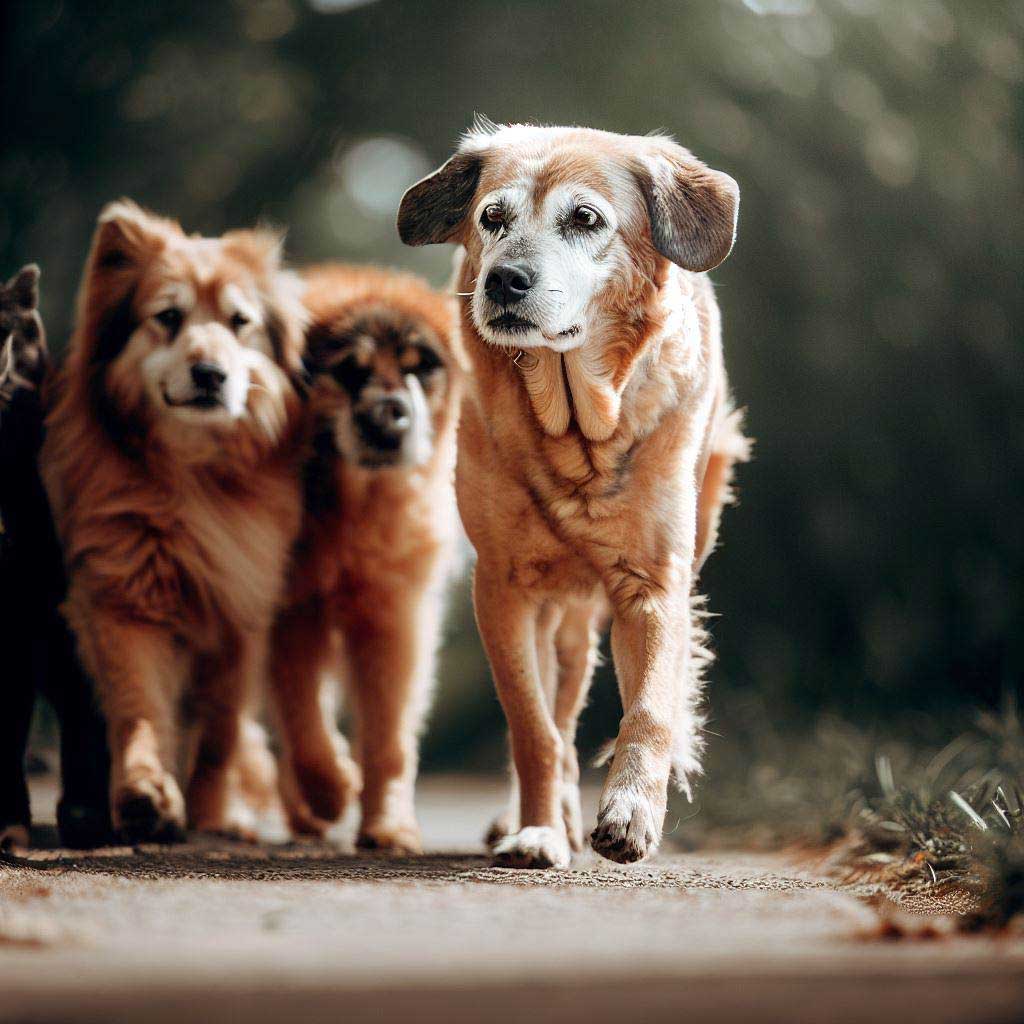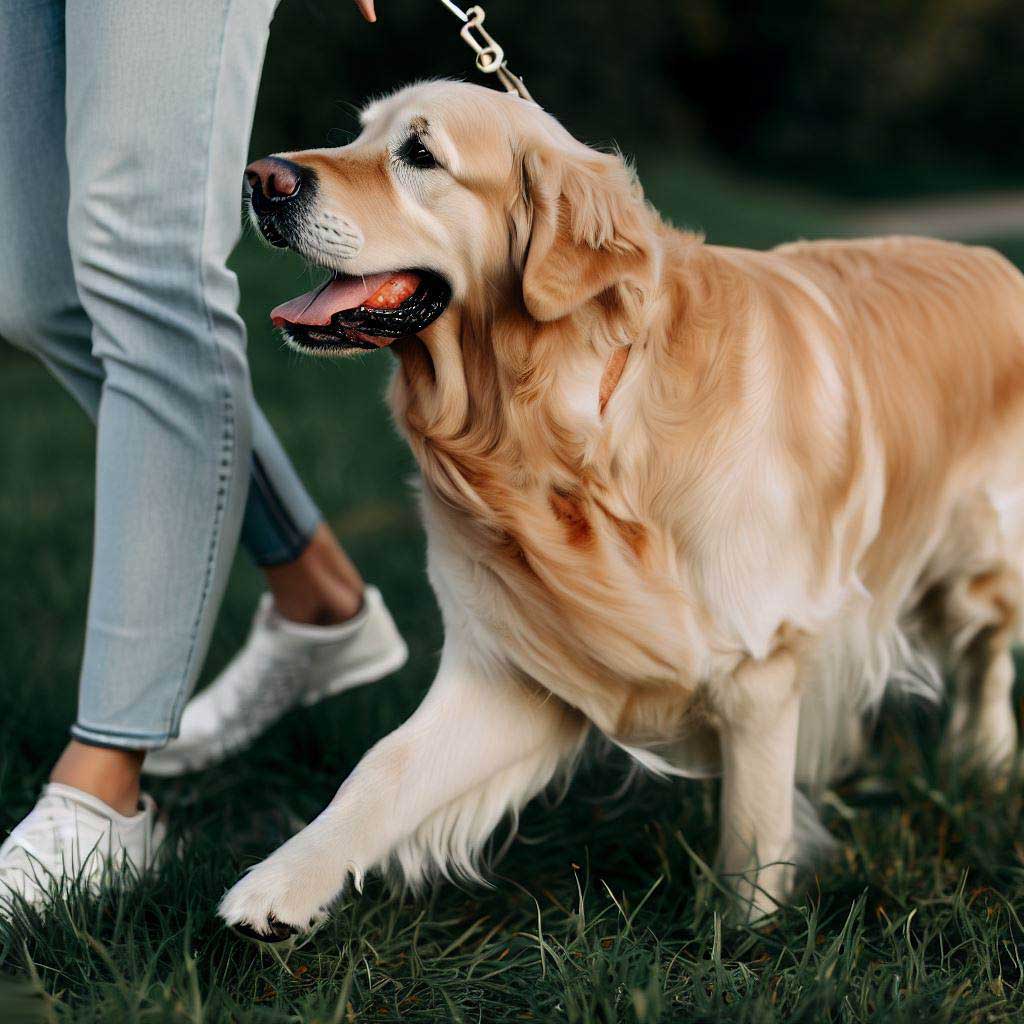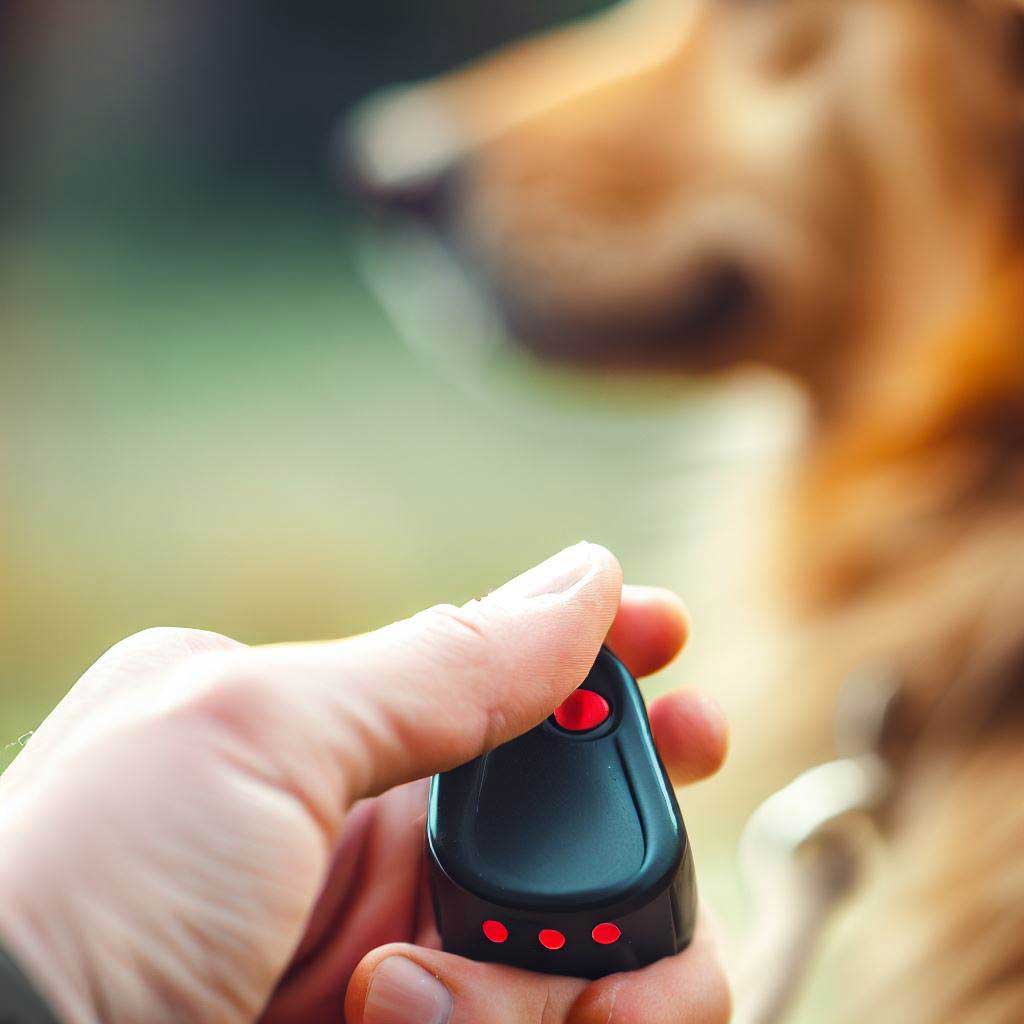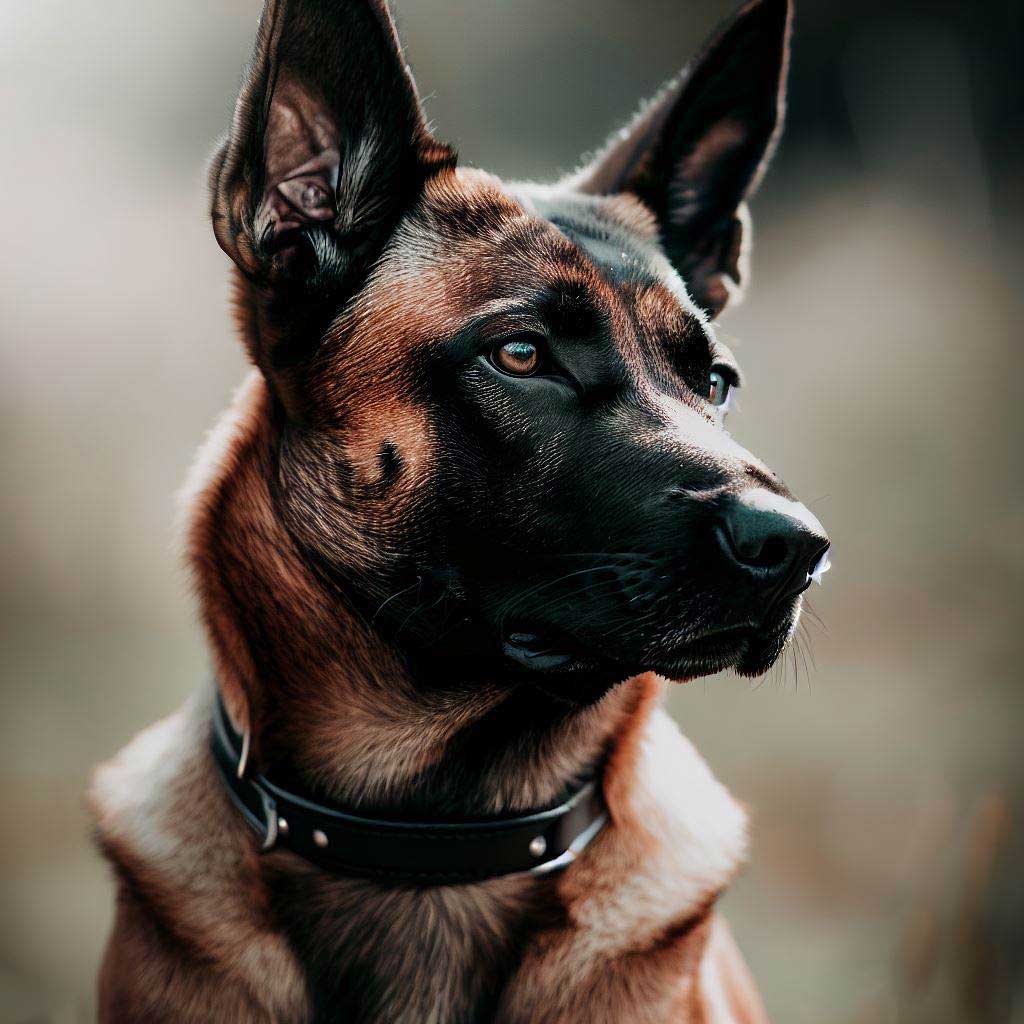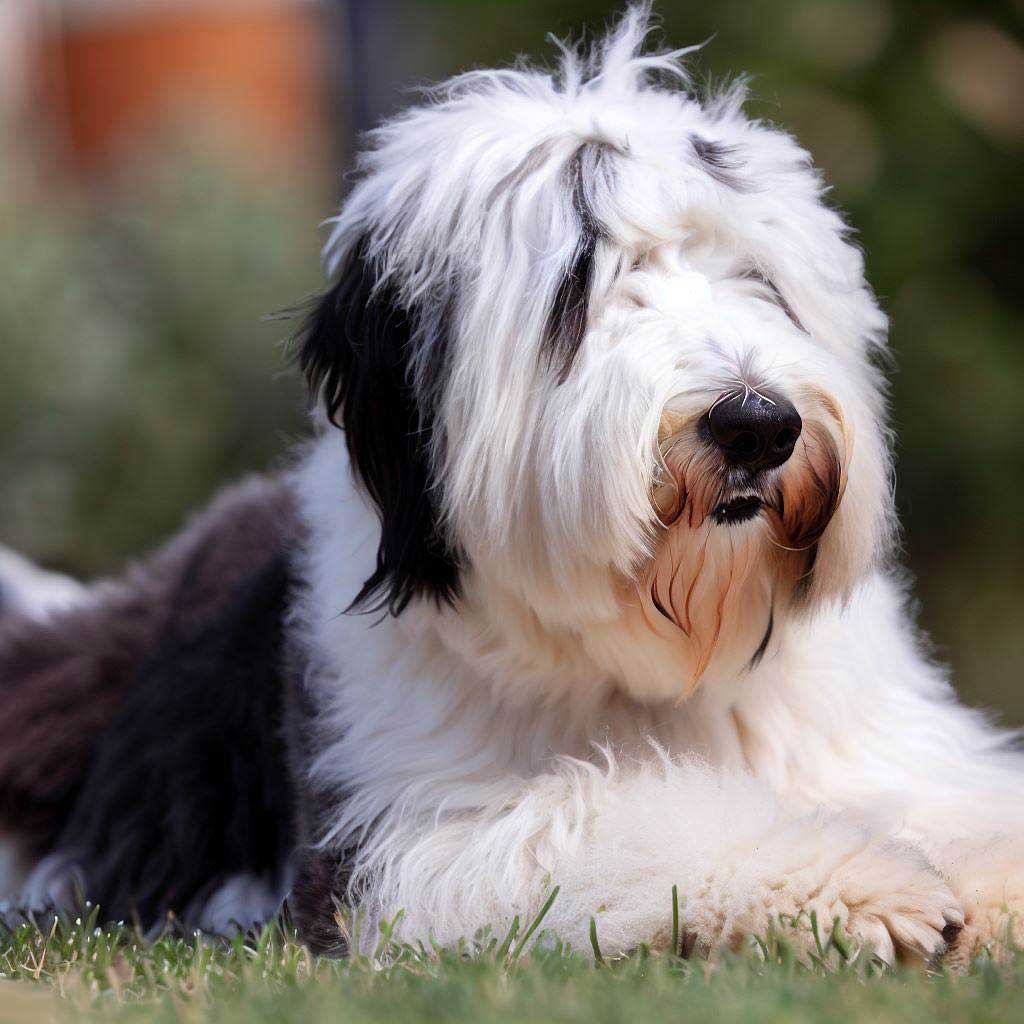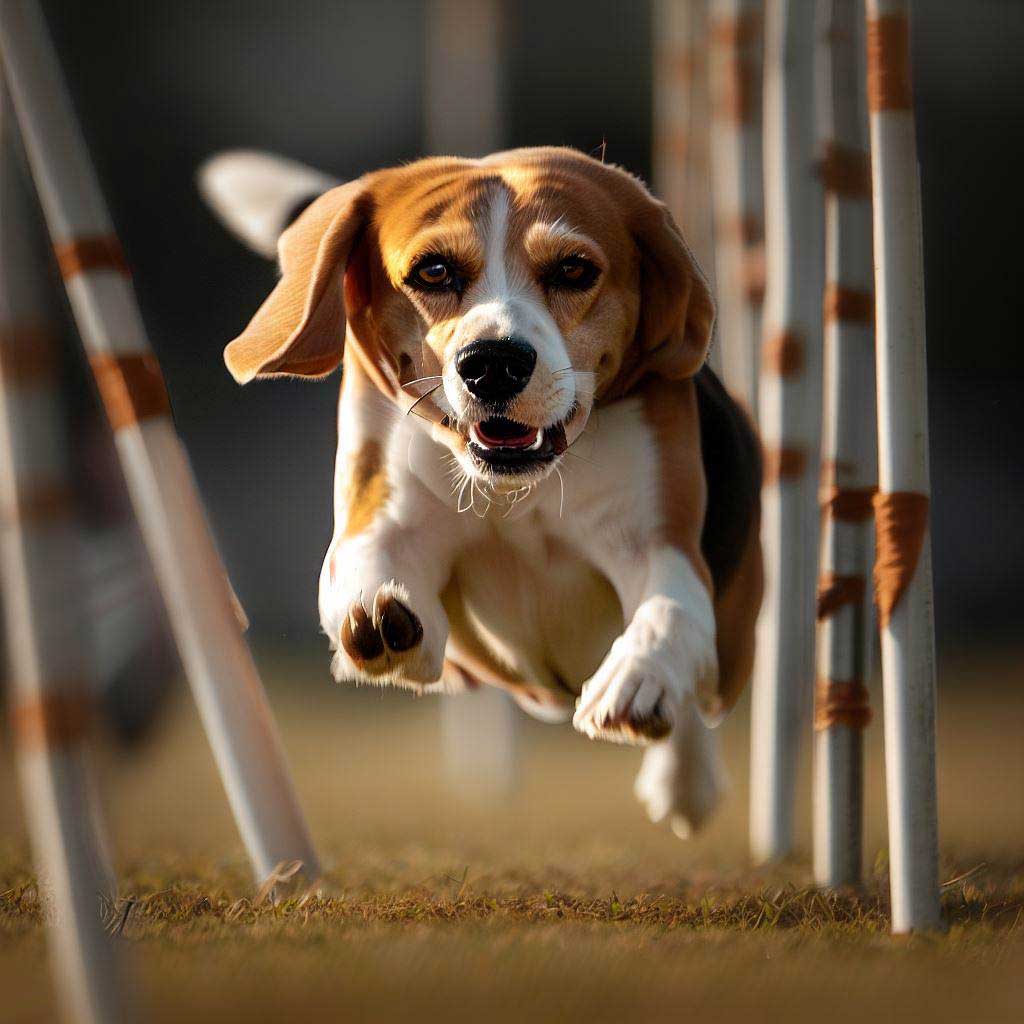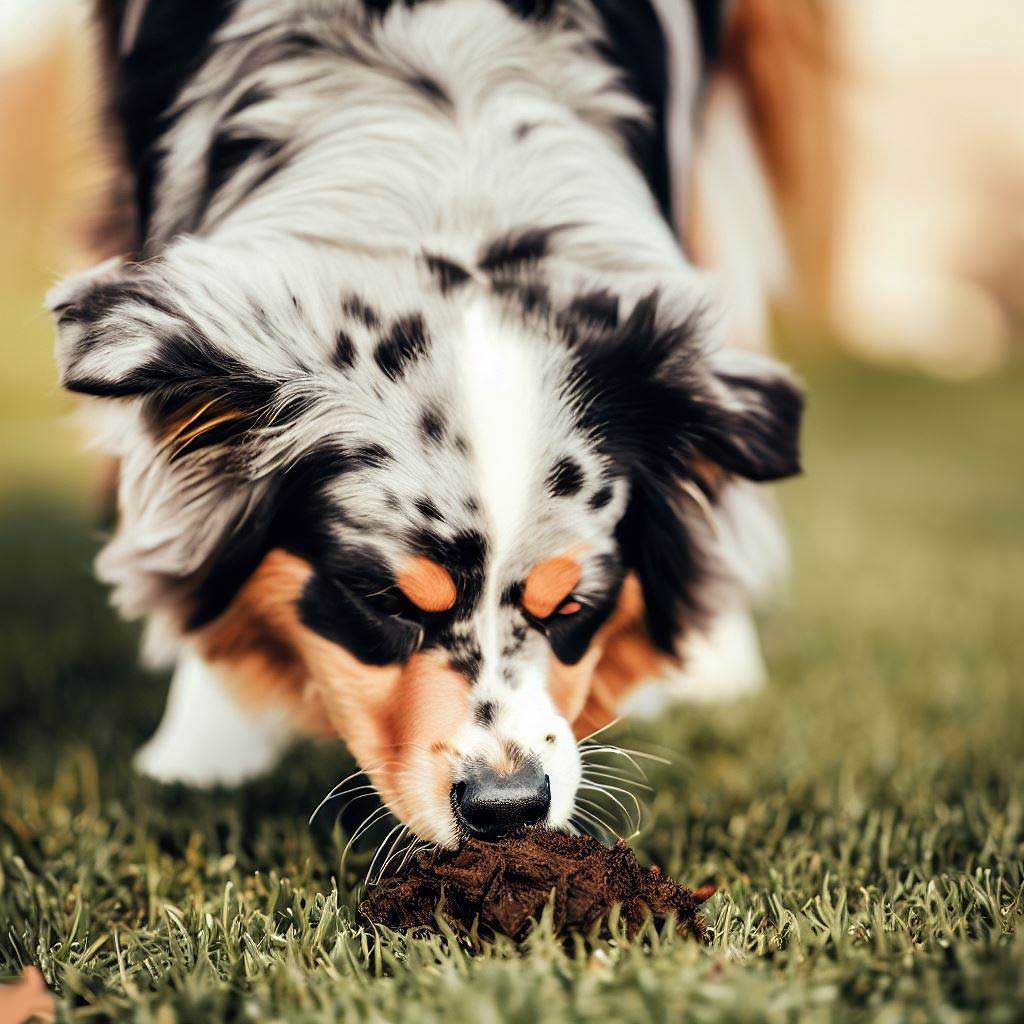Table of Contents
ToggleTraining Senior Dogs: Effective Strategies for behavioral wins. Master key training techniques that keep your senior dog vibrant.
From Old Dogs to New Tricks: How to Train Senior Canine Companions
As our canine companions start to age, it’s essential to provide them with the care and attention they deserve. Training senior dogs can sometimes feel like an uphill battle, but with the right approach, it becomes a rewarding experience for both you and your furry friend. In this article, we will explore effective strategies to train senior canine companions and help them learn new tricks.
Training a senior dog comes with unique challenges, but it’s never too late to teach an old dog new tricks. With patience, understanding, and a tailored training plan, you can help your aging pup maintain mental stimulation, physical activity, and overall well-being.
From addressing common issues such as decreased mobility and cognitive decline to implementing positive reinforcement techniques, we will guide you through each step of the training process. Our expert tips and insights will empower you to adapt training methods based on your senior dog’s individual needs and abilities.
So, if you’re ready to embark on this journey of training your senior canine companion, let’s dive in and discover how to keep their minds sharp and tails wagging!

Understanding the unique needs of senior dogs
Senior dogs have specific needs that differ from those of younger dogs. As dogs age, they may experience physical changes such as decreased mobility, joint stiffness, and sensory decline. It’s crucial to understand these changes to tailor their training effectively.
One of the first steps in training a senior dog is to assess their overall health. Schedule a visit to the veterinarian to ensure there are no underlying medical conditions that may hinder training progress. Once you have a clear understanding of your dog’s health, you can adapt the training program accordingly.
It’s important to remember that older dogs may take longer to learn new commands and tricks. Be patient and adjust your expectations accordingly. Keep training sessions short and frequent to avoid overwhelming your furry friend. Break down tasks into smaller steps, and celebrate each small accomplishment along the way.
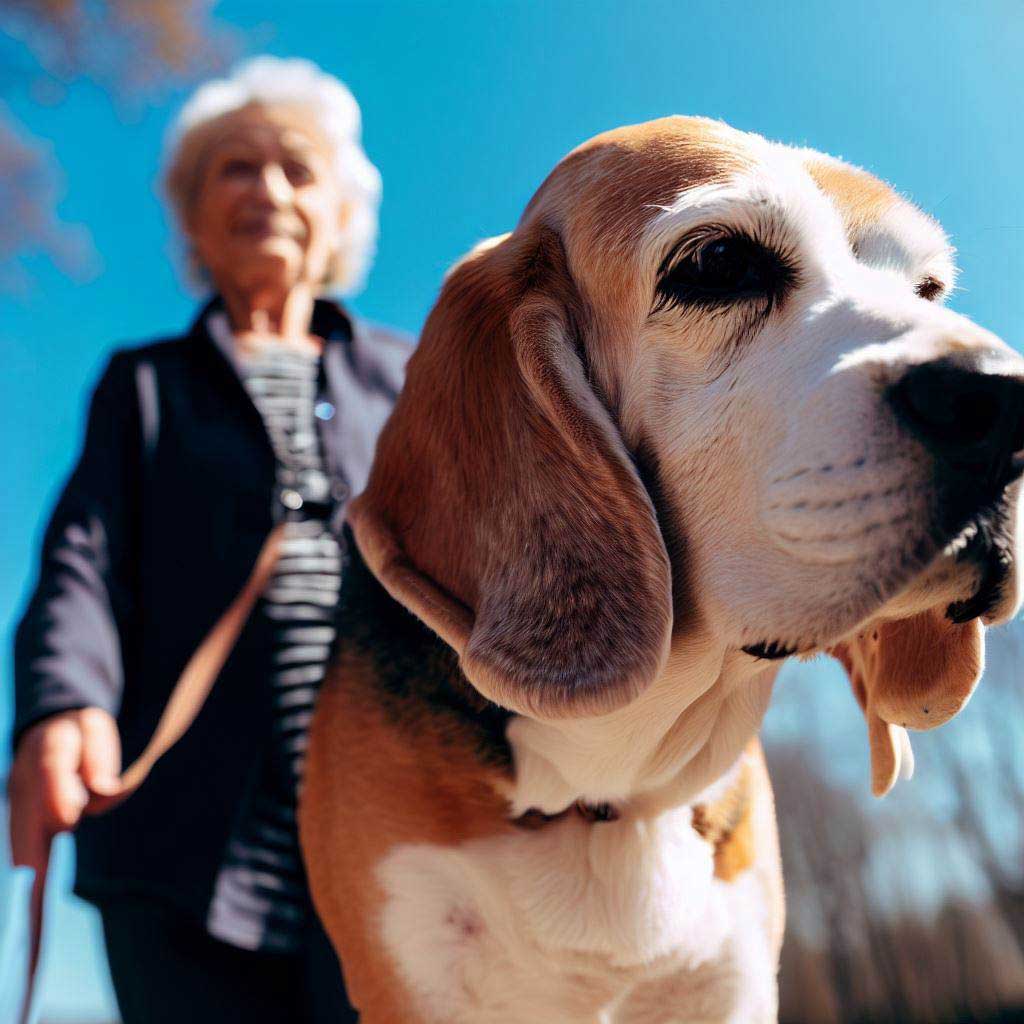
The benefits of training senior dogs
Training isn’t just for young dogs; it’s equally important for senior dogs. In fact, training can provide numerous benefits to aging canine companions. Firstly, mental stimulation through training exercises helps keep their minds sharp and active. This can delay cognitive decline and improve overall cognitive function.
Secondly, training provides an opportunity for physical activity. Regular exercise is important for senior dogs to maintain muscle strength, joint flexibility, and overall well-being. Incorporating physical exercises into the training routine can help keep your senior dog in good shape and prevent obesity-related health issues.
Lastly, training improves the bond between you and your senior dog. It fosters communication, trust, and mutual understanding. The training process itself can be a fun and rewarding experience for both of you, strengthening the bond you share.
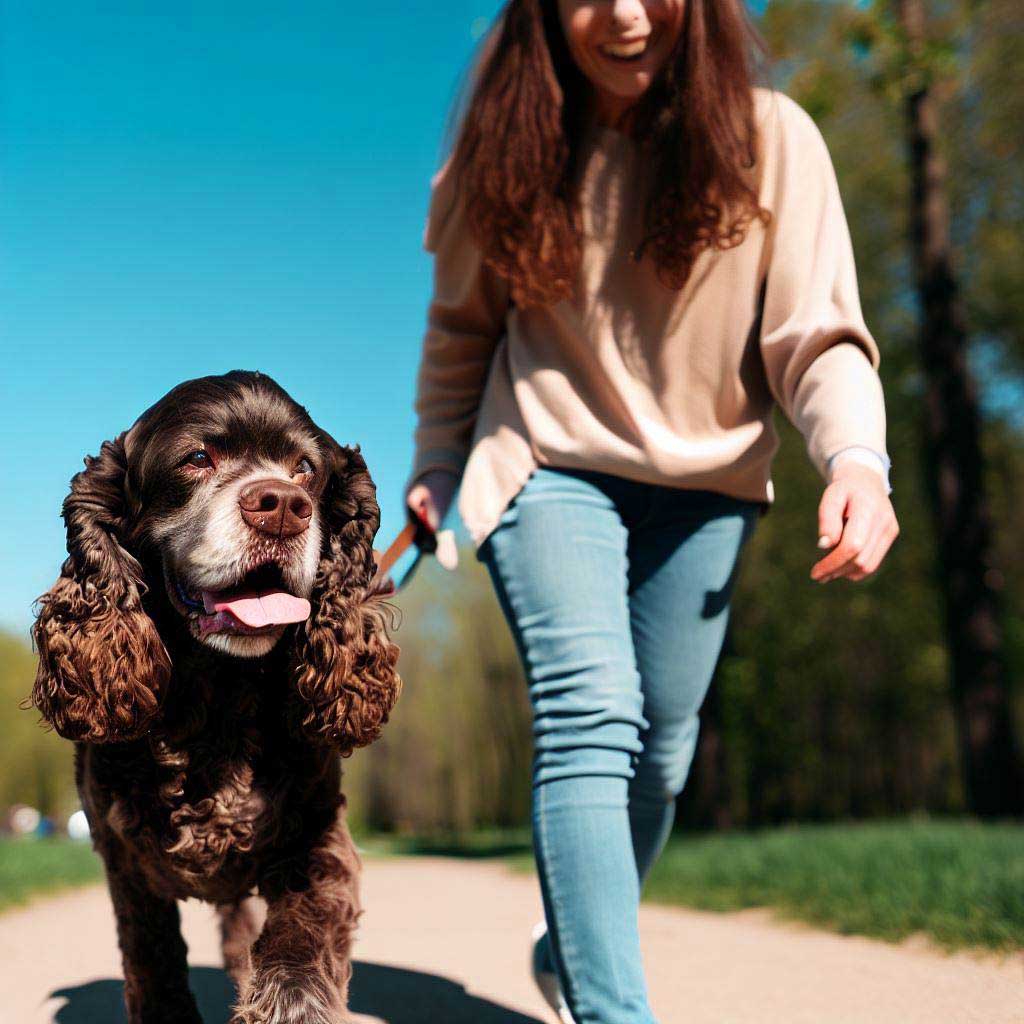
Common challenges when training senior dogs
Training senior dogs comes with its fair share of challenges. It’s crucial to recognize these challenges and adapt your training methods accordingly. One common challenge is decreased mobility. Older dogs may have difficulty moving around or performing physical tasks. Modify exercises and commands to accommodate their limited mobility.
Another challenge is cognitive decline. Senior dogs may experience memory loss or have difficulty learning new information. Be patient and practice repetition to reinforce their learning. Break down complex tricks into smaller, manageable steps, and gradually build upon their successes.
Additionally, sensory decline such as hearing loss or diminished eyesight can affect training. Incorporate visual cues and hand signals to compensate for any hearing or vision impairments. Be consistent with these cues to help your senior dog understand and respond appropriately.

Positive reinforcement training techniques for senior dogs
Positive reinforcement is an effective training technique that works well with senior dogs. This method focuses on rewarding desired behaviors rather than punishing unwanted ones. It creates a positive association with training and motivates your senior dog to continue learning.
When using positive reinforcement, reward your dog with treats, praise, or playtime when they exhibit the desired behavior. Timing is crucial – reward your senior dog immediately after they perform the behavior correctly to reinforce the connection between the action and the reward.
Start with simple commands and tricks that your senior dog is already familiar with. Gradually introduce new commands, and reward them for each successful attempt. Be consistent with your rewards and praise to reinforce positive behavior.
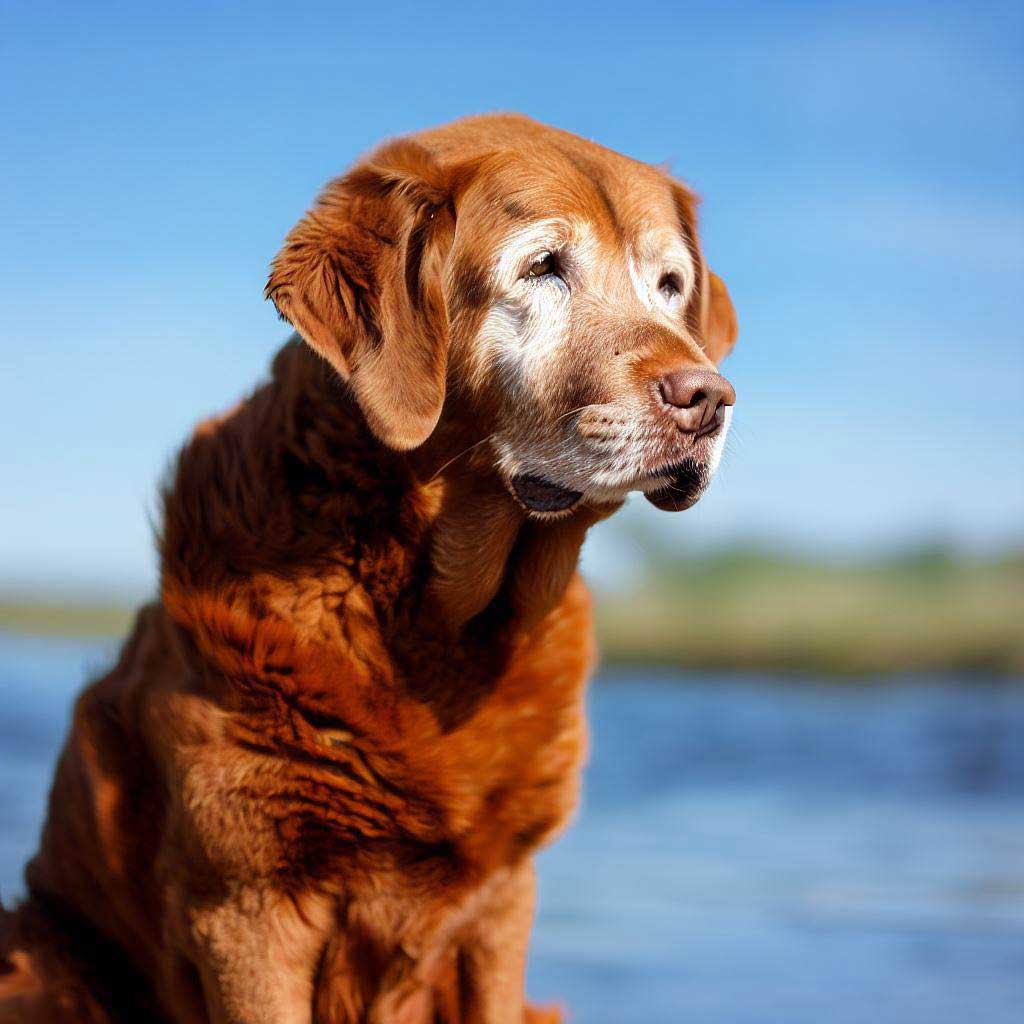
Tailoring training methods to suit the individual needs of senior dogs
Every senior dog is unique, and their training needs may vary. It’s essential to tailor your training methods based on your dog’s individual needs, abilities, and preferences. Some dogs may respond better to verbal cues, while others may benefit from visual or tactile cues.
Observe your senior dog closely during training sessions to understand what motivates them and what methods work best. Adapt your training plan accordingly to ensure the highest level of success. Remember, training should be a positive and enjoyable experience for both you and your senior dog.
Training exercises to improve cognitive function in senior dogs
Cognitive decline is a common issue in senior dogs. However, there are specific training exercises that can help improve their cognitive function and mental sharpness. One such exercise is interactive puzzle toys that require problem-solving skills. These toys provide mental stimulation and encourage your senior dog to think and strategize.
Another exercise is scent training. Dogs have an exceptional sense of smell, and incorporating scent-based training exercises can engage their brain in a meaningful way. Use treats or toys with a strong scent and hide them around the house or in the yard. Encourage your senior dog to use their nose to find the hidden rewards.
Additionally, obedience training exercises that involve commands and tricks can also provide mental stimulation. Teaching your senior dog new commands or reinforcing existing ones challenges their cognitive abilities and keeps their minds active.
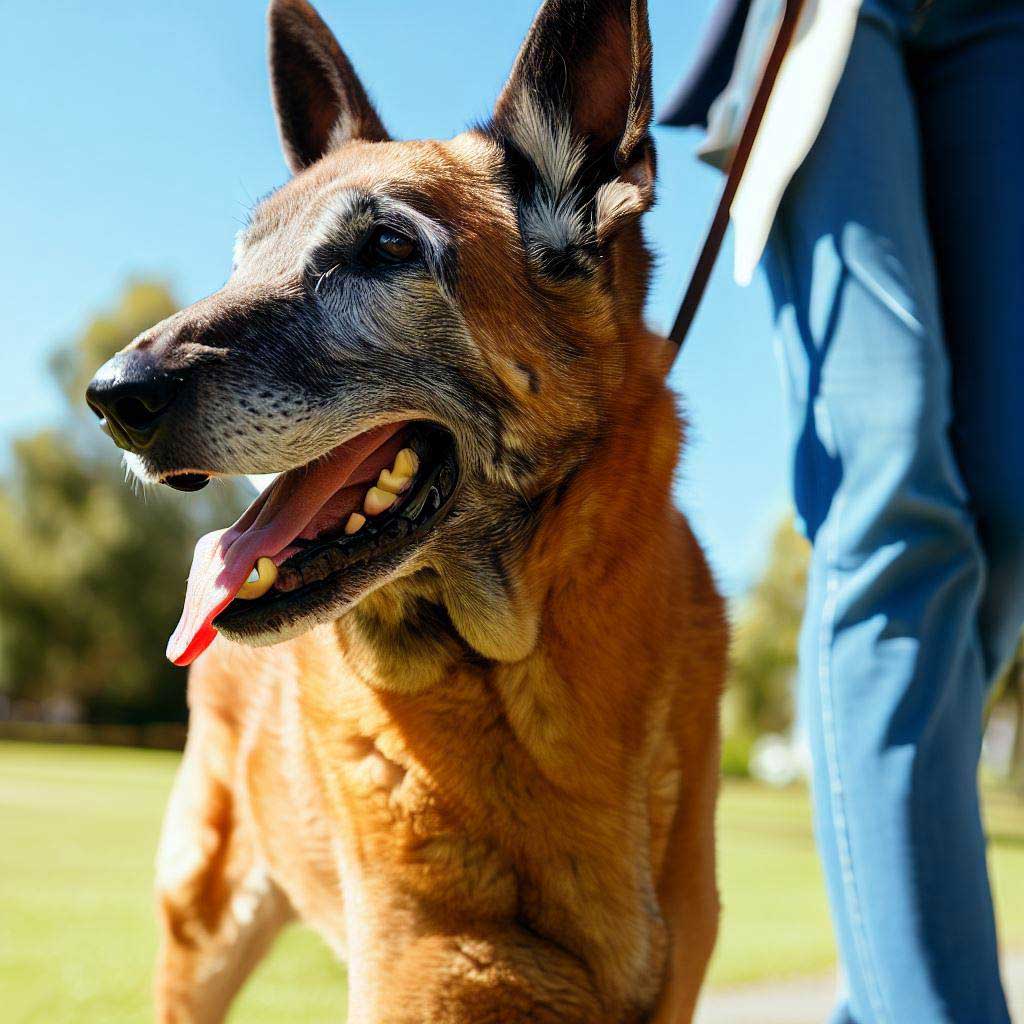
Incorporating mental stimulation into training sessions for senior dogs
Mental stimulation is just as important as physical exercise for senior dogs. By incorporating mental stimulation into your training sessions, you can enhance their overall well-being and cognitive function. Here are a few ways to provide mental stimulation during training:
- Use interactive toys: Incorporate toys that require problem-solving skills or provide mental challenges. These toys can keep your senior dog engaged and mentally stimulated.
- Change the training environment: Training in different locations or introducing new objects can provide mental stimulation. It keeps your senior dog curious and engaged, preventing boredom.
- Teach new tricks: Learning new tricks requires mental effort and keeps your senior dog’s mind sharp. Start with simple tricks and gradually increase the complexity as they progress.
Remember to keep training sessions short and enjoyable. End on a positive note to keep your senior dog excited for the next session.
Training tips for specific behaviors common in senior dogs
Senior dogs may exhibit specific behaviors related to aging, such as arthritis, hearing loss, or difficulty with stairs. Here are some training tips to address these common issues:
- Arthritis: Modify exercises to minimize joint stress. Focus on low-impact activities such as swimming or gentle walks. Provide comfortable bedding and use ramps to help your senior dog navigate stairs.
- Hearing loss: Use visual cues and hand signals to communicate commands. Incorporate vibrations or tactile cues to get their attention. Be patient and understanding when working with a senior dog with hearing loss.
- Difficulty with stairs: Gradually introduce your senior dog to stairs by using treats or rewards as motivation. Provide assistance or use ramps until they gain confidence and can navigate stairs independently.
Always consult with your veterinarian for specific advice tailored to your senior dog’s needs.
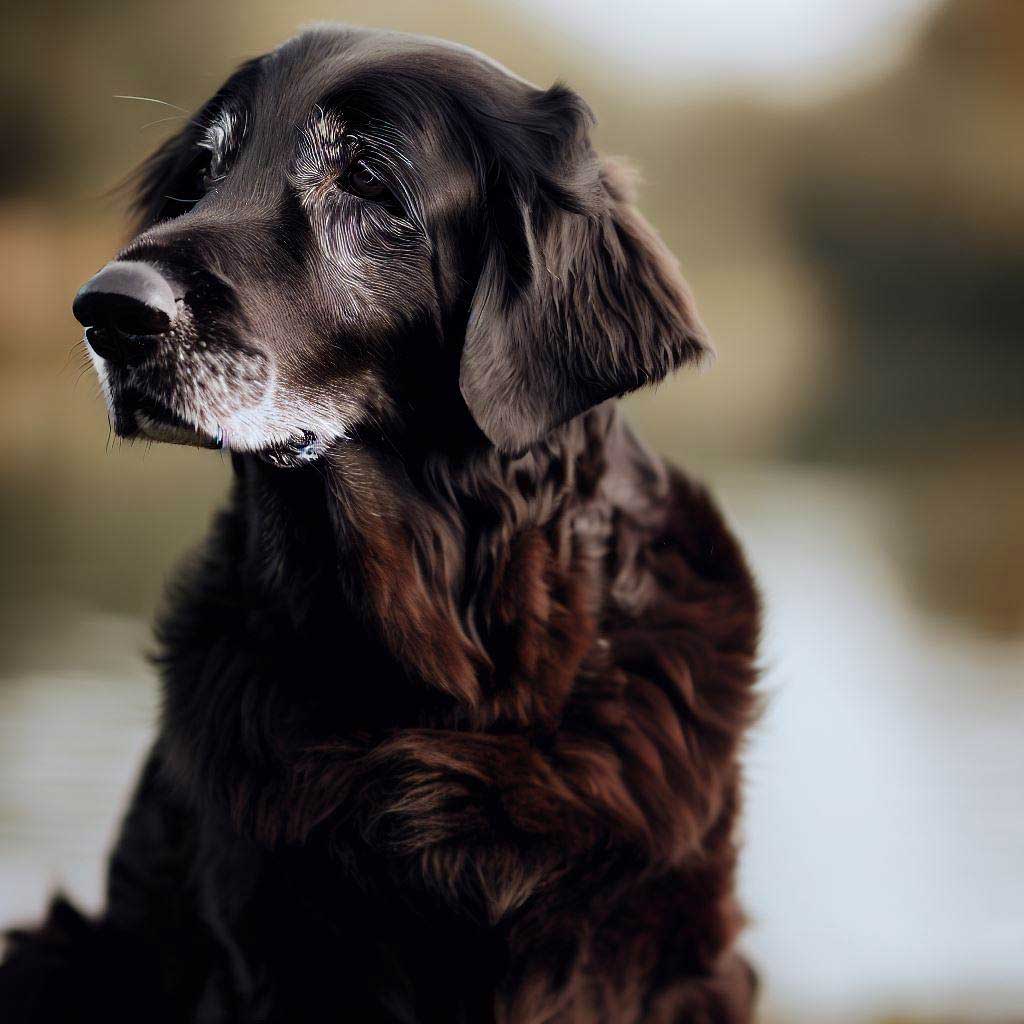
Resources and tools for training senior dogs
There are various resources and tools available to assist you in training your senior dog. Here are a few recommendations:
- Professional trainers: Consider hiring a professional dog trainer who specializes in training senior dogs. They can provide personalized guidance and support throughout the training process.
- Training classes: Enroll your senior dog in a training class specifically designed for older dogs. These classes often focus on the unique needs and challenges faced by senior dogs.
- Online resources: Exploring online platforms, blogs, and videos that specialize in training senior dogs can offer invaluable guidance. These digital avenues deliver effective training techniques, tips, and step-by-step instructional content tailored to the needs of older canines.
Your Senior Dog’s Unique Training Journey
Training a senior dog is a rewarding experience filled with challenges and victories. Your path to success relies on consistent effort, steadfast commitment, and a heart full of love. These elements combine to shape your aging pet into a well-behaved and joyous companion.
However, there may be times when the journey feels especially demanding. Whether you’re facing stubborn behavioral issues or new age-related challenges, online resources can be your go-to support system.
Elevate Your Training with the Best Online Courses
If you find yourself in need of comprehensive guidance, don’t miss our feature article, “Best Online Dog Training Courses: Any Dog Will Love“. This invaluable resource breaks down 15 top-notch online courses, zeroing in on the top three that promise to deliver transformative results for dogs of all ages, including senior pets.
Remember, every senior dog is different, so be open to trying different resources and tools to find what works best for your furry friend.
Conclusion: Why patience and consistency in training senior dogs is key
Training senior dogs requires patience, understanding, and adaptability. It’s crucial to recognize their unique needs, adapt training methods accordingly, and provide mental and physical stimulation. With the right approach and a positive reinforcement training technique, you can help your senior canine companion learn new tricks and maintain their overall well-being.
Remember, training is a journey, not a destination. Be patient, celebrate small victories, and remain consistent in your efforts. The bond you’ll develop with your senior dog through training will be a rewarding and fulfilling experience for both of you.
So, let’s embrace the opportunity to train our senior canine companions and create joyful moments that will last a lifetime.
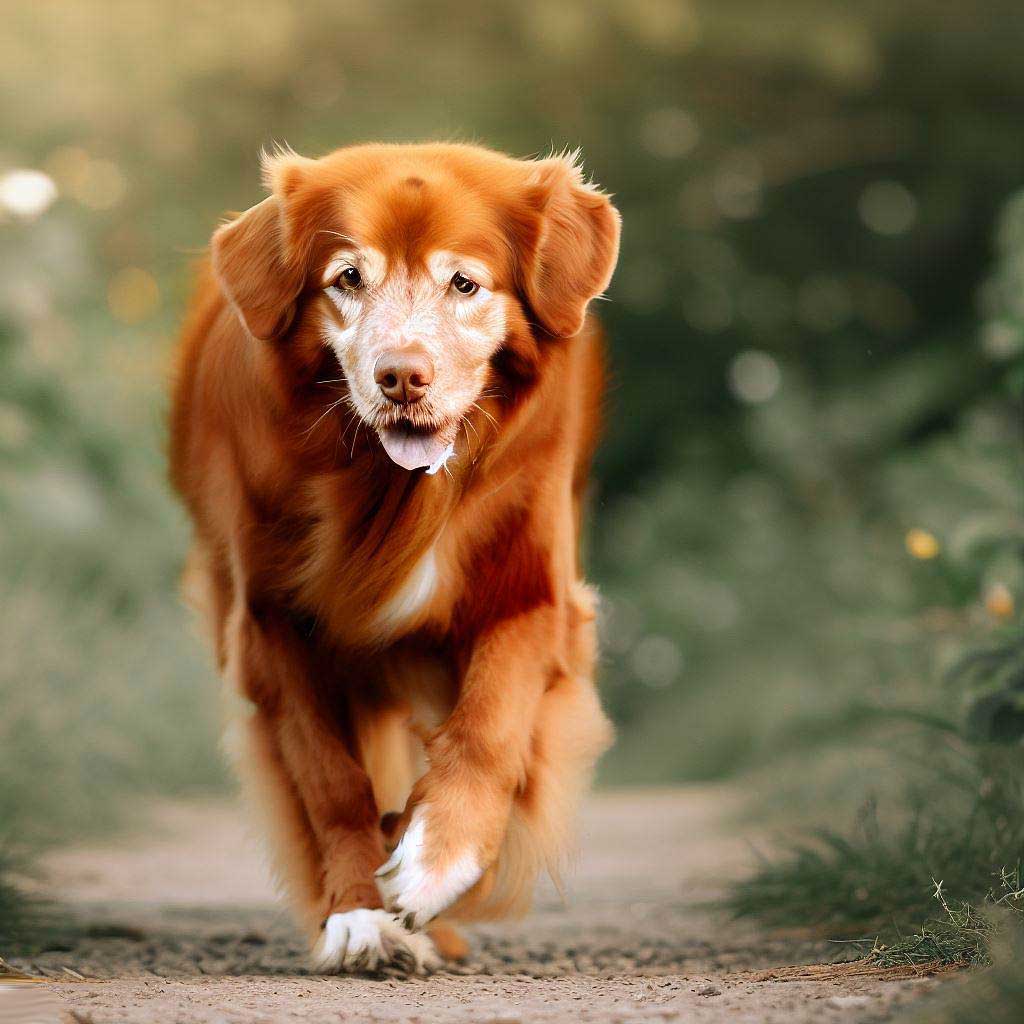
FAQ: Training Senior Dogs: Effective Strategies
Can older dogs still be trained?
Absolutely, older dogs can still be trained, and they often benefit greatly from continued mental stimulation. Think of it as the canine equivalent of a senior citizen attending a university course; the brain, regardless of age, loves to be engaged. For instance, when I’ve trained older police dogs to switch from narcotics detection to search and rescue, they’ve adapted admirably, proving that you can teach an old dog new tricks. Cognitive engagement in senior dogs not only helps them learn but also contributes to their overall well-being.
How do you retrain a senior dog?
Retraining a senior dog involves assessing their existing skills, identifying any behavioral issues, and then applying effective training methods that take into consideration their physical limitations. For example, older dogs may suffer from joint pain, so high-impact activities are often substituted with lower-impact training tasks. I’ve successfully retrained senior military dogs to become therapy dogs by gradually introducing them to hospital settings and reinforcing calm behavior. The key is patience and progressive adaptation to their changing needs.
Is it harder to train a dog the older it gets?
Training difficulty often depends more on the individual dog’s temperament and health rather than its age. However, older dogs might have some ingrained habits or behaviors that require more time to unlearn. Take the example of a 9-year-old dog that has been pulling on the leash its entire life; it will likely take longer to train it to heel compared to a puppy. Despite this, with consistent training and positive reinforcement, older dogs can be quite adaptable.
Is it worth training an older dog?
Absolutely, it is worth training an older dog. Training provides mental stimulation, promotes physical health, and strengthens your bond with your dog. Businesses often invest in training older working dogs to adapt to new roles, from sniffing out narcotics to performing security details. For home consumers, training can make your senior dog more manageable and happier, making your life easier and enriching their golden years.
Is 13 old for a dog?
In dog years, 13 is often considered a senior age, especially for larger breeds. It’s similar to a human being in their late 70s or 80s. Regular veterinary check-ups become even more critical to monitor age-related health issues like arthritis or cognitive decline. That said, many dogs at this age are still quite active and capable, and I’ve seen 13-year-olds excel in obedience and agility tests, though at a less rigorous pace.
How do you train a disobedient dog?
Training a disobedient dog involves establishing a clear hierarchy, consistent training schedules, and positive reinforcement. For instance, I’ve worked with highly disobedient younger dogs destined for police work by first establishing a leadership role and then consistently rewarding them for desired behaviors. Clear communication and consistent consequences are essential in achieving long-lasting obedience.
How long should a senior dog be left alone?
Senior dogs typically have a shorter tolerance for loneliness, and I usually recommend not leaving them alone for more than 4-6 hours. Unlike younger working dogs who can manage longer stints alone, older dogs often require more frequent bathroom breaks and might experience separation anxiety. Therefore, if you have to be away for an extended period, consider dog-sitting services or a comfortable doggy daycare.
What do senior dogs do all day?
Senior dogs are often less active compared to their younger counterparts but still require engagement. They may spend more time resting but should also have structured activities to stimulate both mind and body. In retirement homes for older working dogs, you’ll often find them engaging in scent detection games or leisurely walks as part of their daily routine. It keeps them happier and healthier.
How do I deal with my dog getting older?
Dealing with an aging dog involves embracing adjustments in your care routine. Increase vet visits, adapt exercise regimens, and perhaps switch to a senior-specific diet. I’ve advised many dog owners to introduce joint supplements or orthopedic beds for their senior pets. Emotional support and quality time become increasingly crucial as your furry friend ages, so prioritize those cuddles and gentle activities.
What age is the hardest to own a dog?
The “teenage” months—around 6 to 18 months for most breeds—often pose the most challenges. Dogs at this age are much like human teenagers: energetic, curious, and pushing boundaries. I’ve found this phase to be the most demanding in terms of obedience training and behavior correction, whether it’s a police dog in training or a family pet.
What is the hardest thing to train a dog to do?
Off-leash reliability in high-distraction environments is among the most challenging training tasks. For example, military dogs undergo rigorous training to perform tasks in war zones, where distractions abound. Achieving this level of training requires intense, prolonged efforts, employing specialized methods like long-distance hand signals and whistle commands.
What age are dogs most challenging?
As mentioned earlier, the teenage phase of 6 to 18 months can be quite challenging. At this age, dogs are filled with energy but may lack complete focus, making them more susceptible to distractions and rebellious behavior. It’s a time when many dogs are dropped from police and military training programs because they can’t meet the rigorous standards set.
How far should you walk a 15-year-old dog?
The distance you should walk a 15-year-old dog largely depends on their health status. Generally, shorter, more frequent walks are advisable. For instance, instead of a 2-mile walk, opt for shorter strolls of maybe a quarter to a half-mile, several times a day. I’ve trained older service dogs to switch from longer patrols to shorter, more manageable routes to accommodate their age.
What is the average dog life expectancy?
Life expectancy varies widely between breeds and individual health conditions, but on average, dogs live around 10-13 years. Smaller breeds often live longer, while larger breeds have shorter lifespans. Regular training and mental stimulation can positively impact a dog’s overall lifespan.
What percentage of dogs live to 17?
The percentage of dogs that live to 17 is relatively low, especially for larger breeds. Small breeds like Chihuahuas or Dachshunds have a better chance of reaching this milestone. In my years of training, only a small percentage of dogs, perhaps less than 5%, reach or exceed the age of 17.
Why is my 13-year-old dog panting so much?
Excessive panting in a 13-year-old dog could be a sign of various issues, ranging from simple overheating to more severe health conditions like heart disease. I’ve seen older dogs in training programs who started panting excessively due to heart issues. Immediate veterinary consultation is essential for an accurate diagnosis and treatment plan.
How do I know if my senior dog is suffering?
Signs of suffering in a senior dog can include a drastic change in behavior, decreased mobility, loss of appetite, or constant whimpering. In my years of training senior dogs, these symptoms often indicate underlying health issues requiring immediate veterinary attention. Observation and prompt action are crucial in these scenarios.
Do dogs respect the oldest dog?
In multi-dog households or training environments, older dogs are often given a certain level of deference by younger dogs, although this isn’t a hard-and-fast rule. Respect is more likely earned through confident behavior and body language rather than age alone. In pack settings, for example, younger but more
If you’re dealing with an energetic pup that loves to dig, you won’t want to miss my previous article, “Stop Dog From Digging: Quick Fixes Revealed.” This guide takes you from foundational tips to advanced techniques, transforming your canine’s restless energy into productive agility training. It’s a must-read for every dog owner looking to maintain a well-manicured backyard.
For those struggling with a vocal pooch, check out “Reducing Excessive Barking: Strategies to Quiet the Chaos.” This thorough guide offers not only immediate solutions but also delves into the science behind why dogs bark so much. Implement these strategies into your training routine, and you’ll soon enjoy a more peaceful coexistence with your furry friend.
And finally, navigating through this comprehensive guide for more training resources but have a rescue dog, you’ll understand that valuable insights can make all the difference for a dog in need of a second chance. Remember, trust is the cornerstone, and with persistent, compassionate training, you can pave the way for a brighter, happier future for your new furry friend. For more details have a read of this great article: “Training Rescue Dogs: A Guide to Second Chances“:
